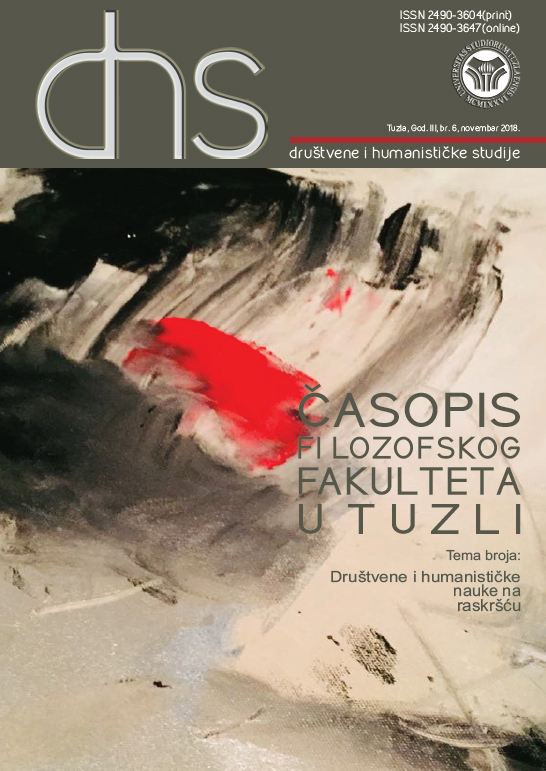Afiniteti studenata novinarstva ka medijskom aktivizmu u BiH i Austriji (komparativna i kvantitativna analiza)
The Differences In The Tendencies Towards Media Activism In Bih And Austria (Comparative And Quantitative Analysis)
Author(s): Šejn HusejnefendićSubject(s): Social Sciences, Media studies, Communication studies
Published by: Filozofski fakultet Univerziteta u Tuzli
Keywords: citizen; civic; journalism; media; new; audience; Austria;
Summary/Abstract: The new media situation restructured the audience’s habits, which in today’s modern communication are rarely called passive. The active audience with a new term “prosumer”, is a reflection of today’smedia situation, dominated by communication platforms based on the world wide web and social media.This paper brings information about some current communication habits of young prosumers and future media workers in Bosnia and Herzegovina and compares them with the habits of their contemporaries in Austria. The paper attempts to give an answer to the question of how many young people in the advanced European democracies (such as Austria) and those who are trained for the work in the sphere of journalism or in the other media branch differ in some parameters from those who grew up in societies that are still characterized as societies currently in a state of democratic society transition (such as Bosnia and Herzegovina).The paper presents quantitative data on the dominant sources of information for 314 students of journalism and media sciences at the Institute of Media and Communication of the University of Vienna,their media-manipulation content skills, the affinity for commenting on media content, and the evaluation of the effects of civic journalism as well as trust in contents of the same. The identical parameters were studied at the Journalistic Departments of the three universities in Bosnia and Herzegovina, in which134 students participated.The new media situation restructured the audience’s habits, which in today’s modern communication are rarely called passive. The active audience with a new term “prosumer”, is a reflection of today’smedia situation, dominated by communication platforms based on the world wide web and social media.This paper brings information about some current communication habits of young prosumers and future media workers in Bosnia and Herzegovina and compares them with the habits of their contemporariesin Austria. The paper attempts to give an answer to the question of how many young people in the advanced European democracies (such as Austria) and those who are trained for the work in the sphere of journalism or in the other media branch differ in some parameters from those who grew up in societies that are still characterized as societies currently in a state of democratic society transition (such as Bosnia and Herzegovina). The paper presents quantitative data on the dominant sources of information for 314 students of journalism and media sciences at the Institute of Media and Communication of the University of Vienna,their media-manipulation content skills, the affinity for commenting on media content, and the evaluation of the effects of civic journalism as well as trust in contents of the same. The identical parameters were studied at the Journalistic Departments of the three universities in Bosnia and Herzegovina, in which134 students participated. The results of empirical research provide interesting data on how young students of journalism and communication (and in BiH and Austria) are willing to take risks when it comes to documenting or obtaining information content.
Journal: DHS-Društvene i humanističke studije: časopis Filozofskog fakulteta u Tuzli
- Issue Year: VI/2018
- Issue No: 6
- Page Range: 401-420
- Page Count: 20
- Language: Bosnian

